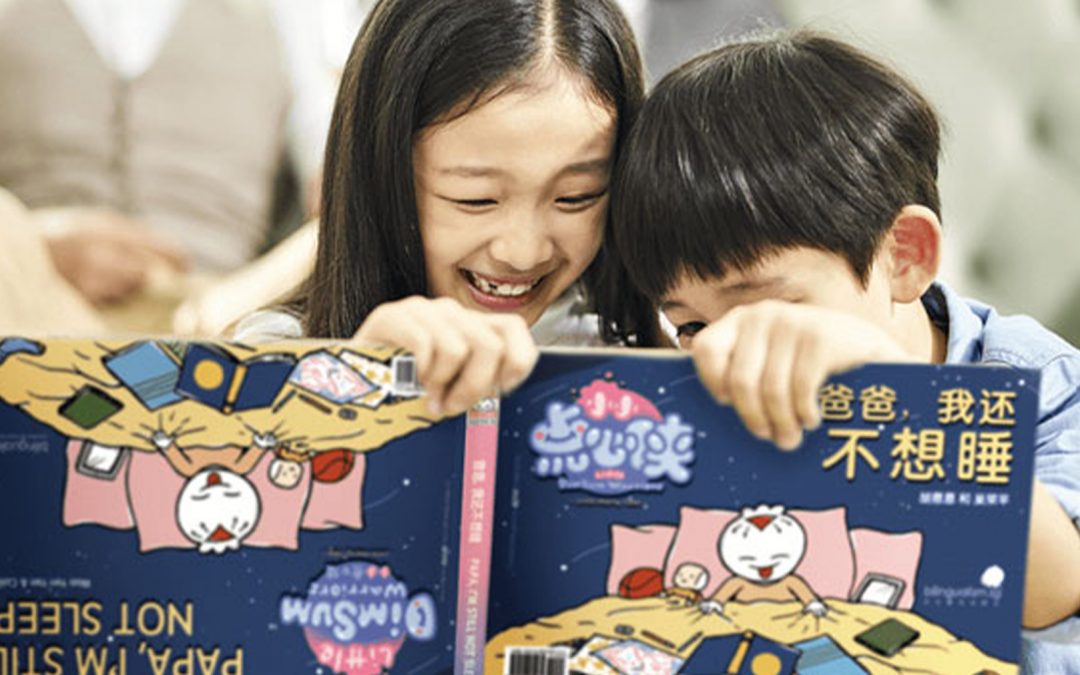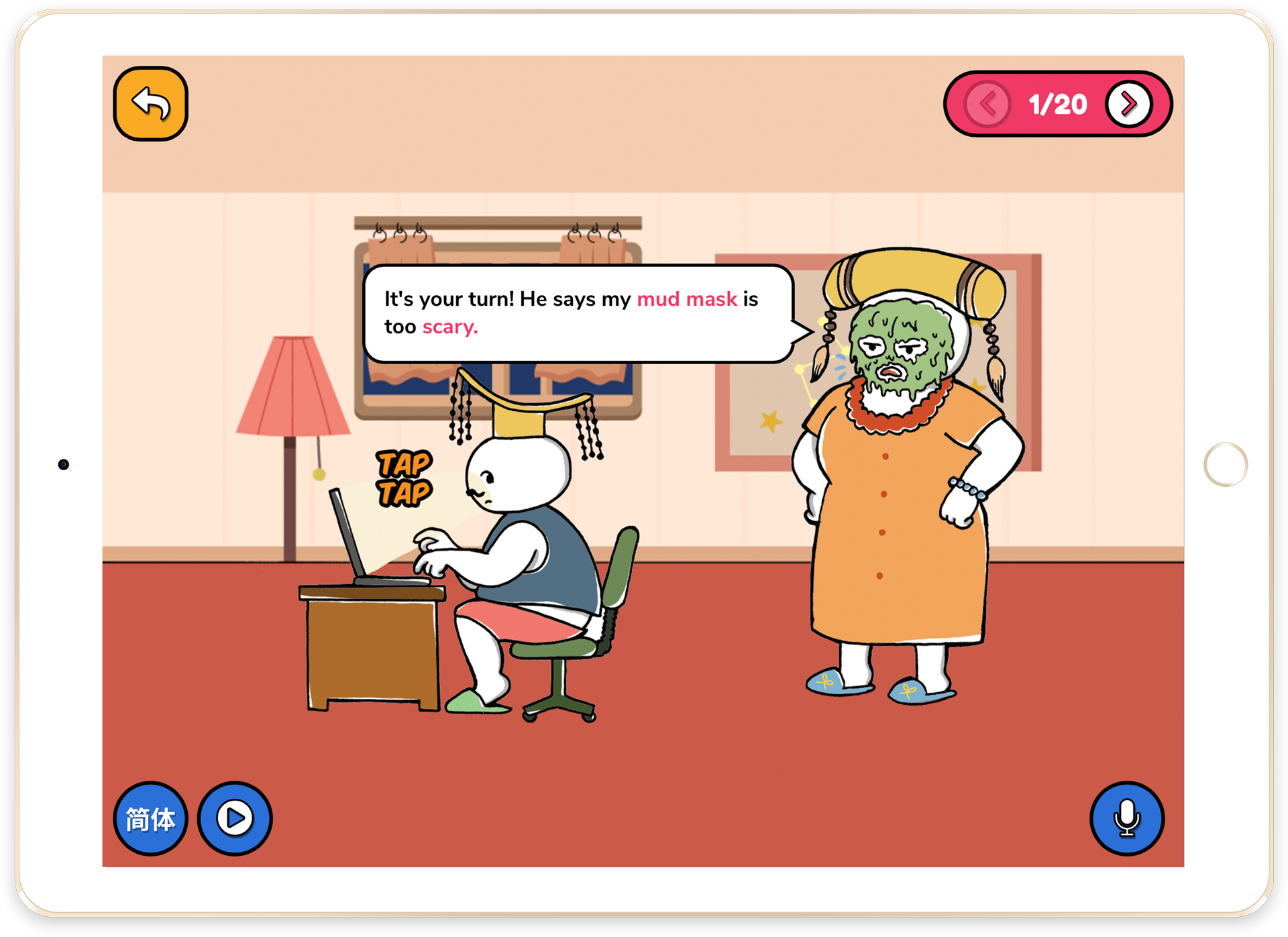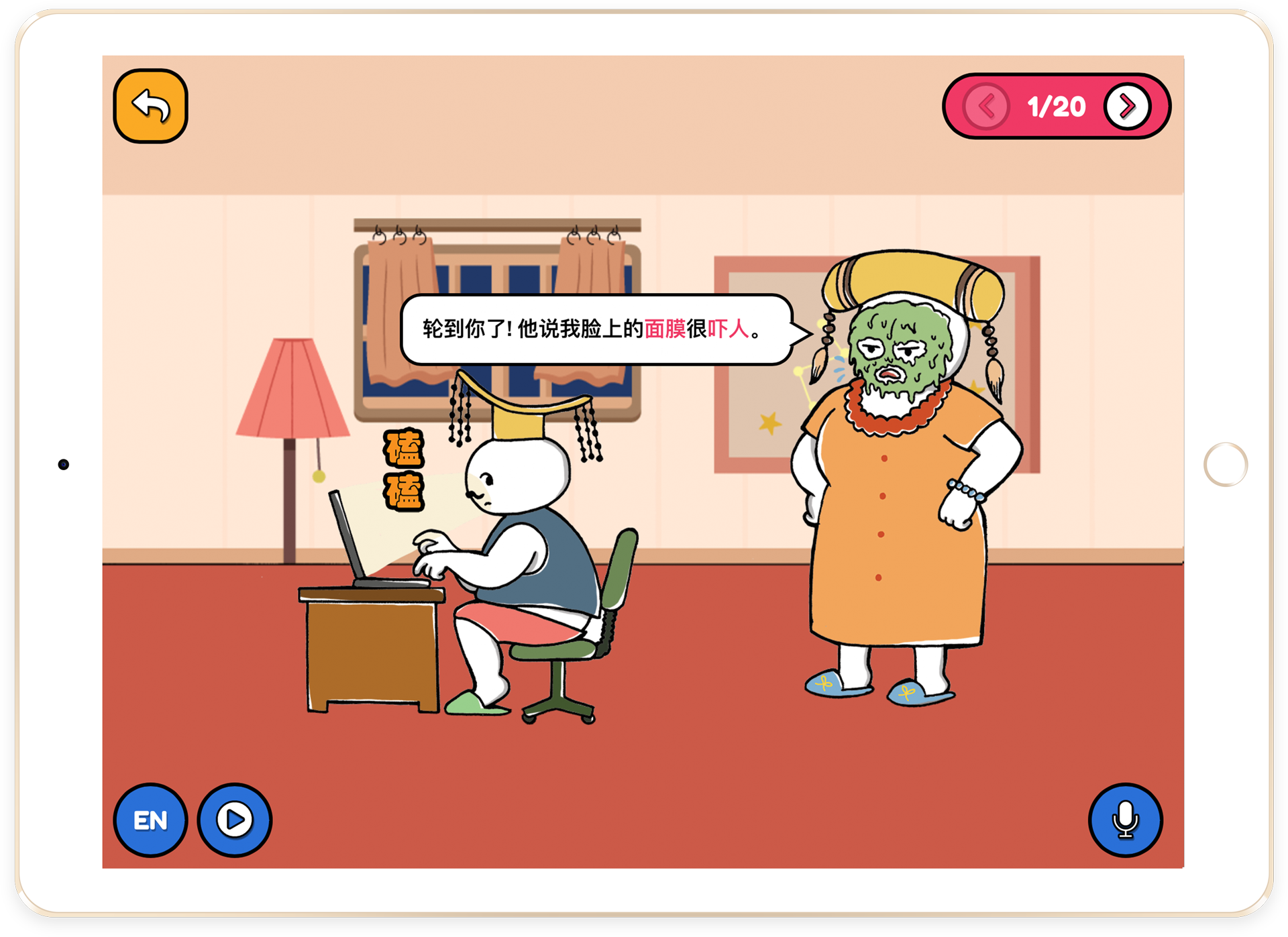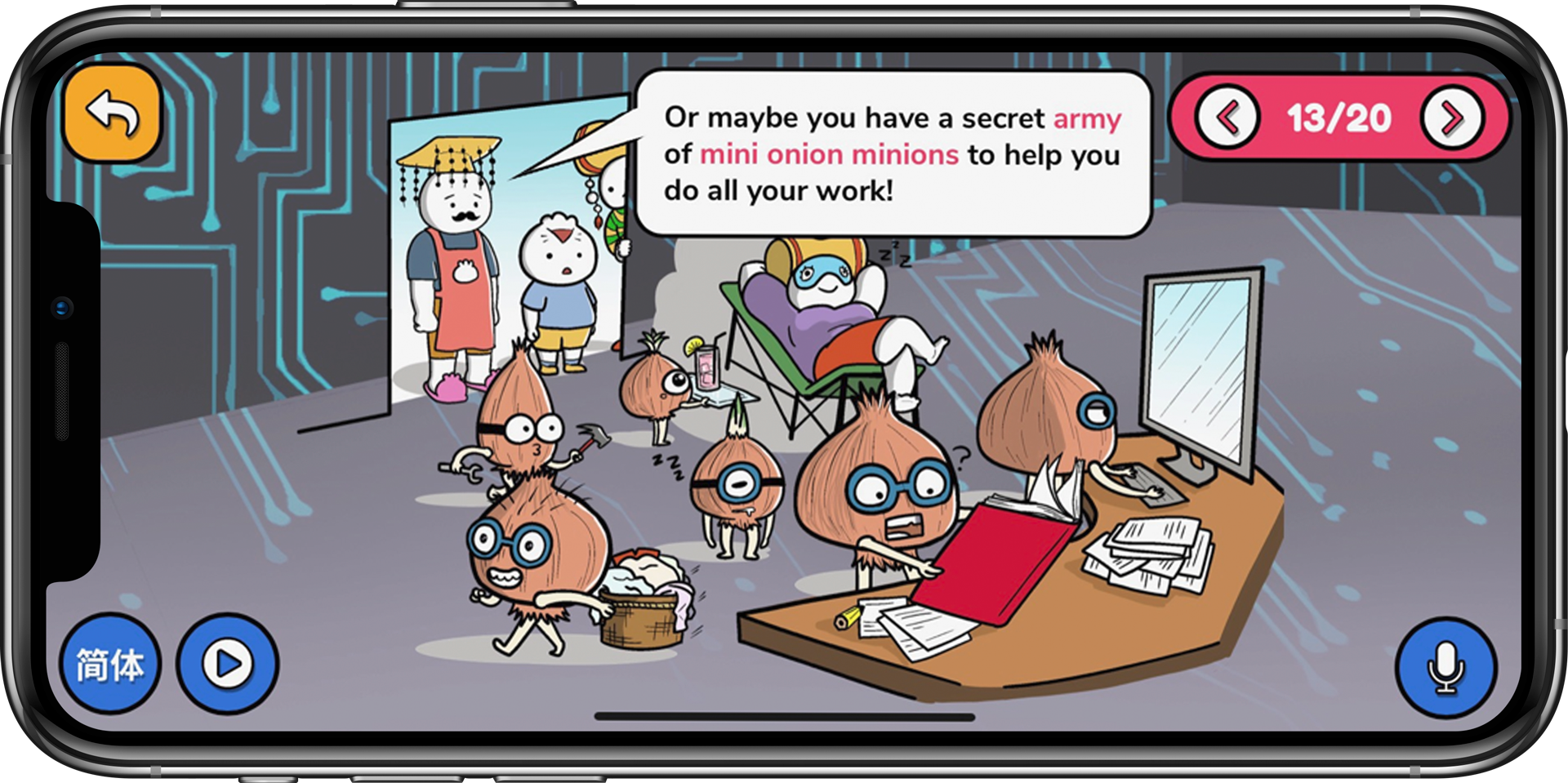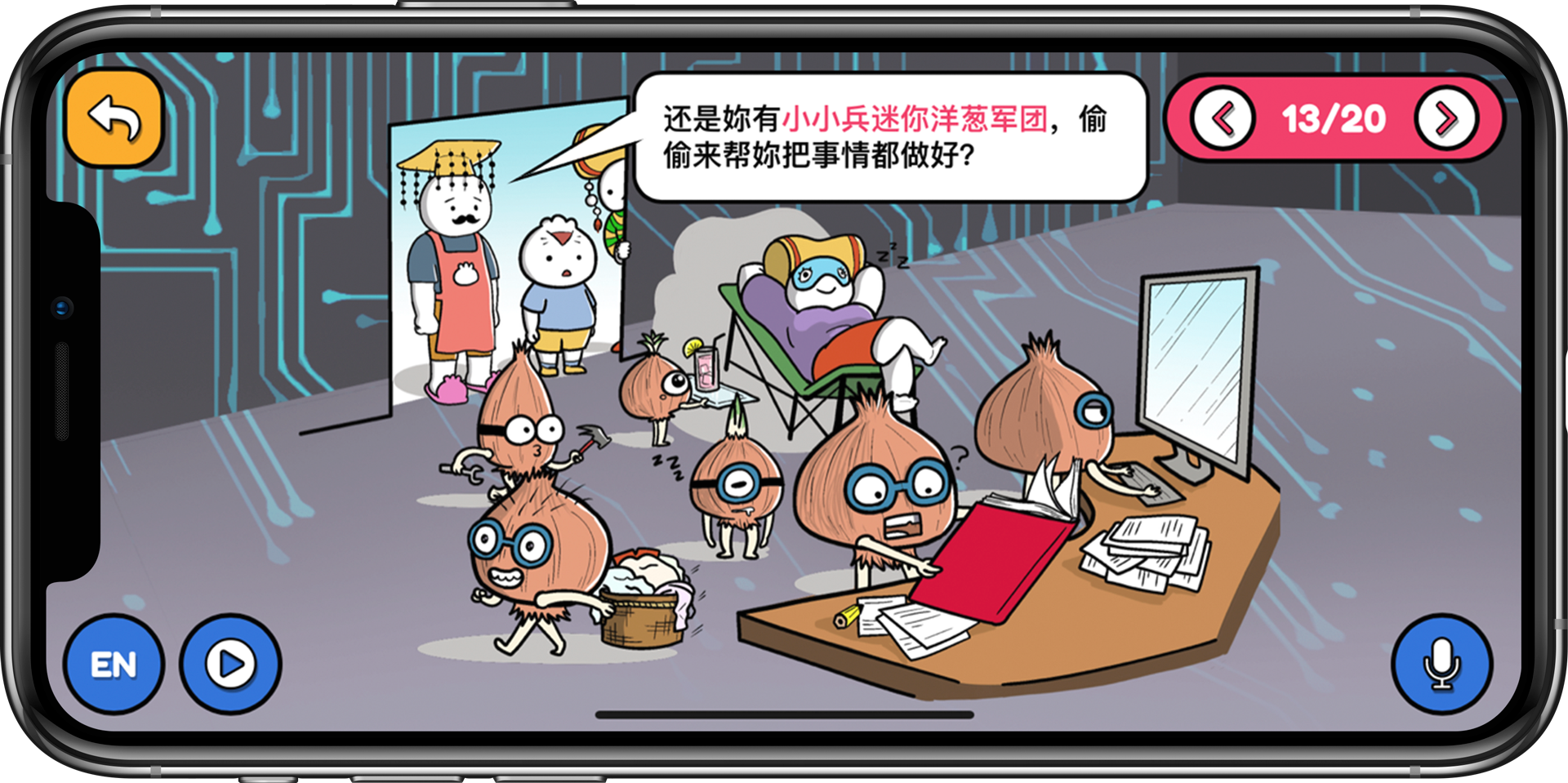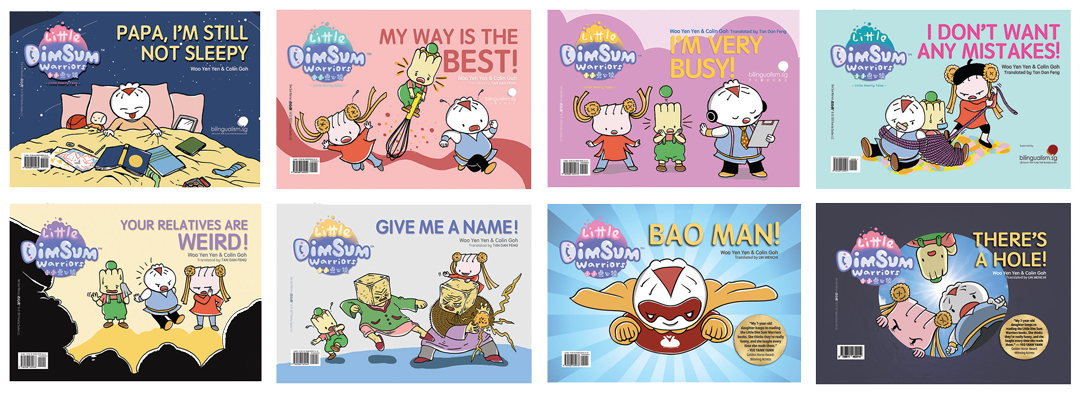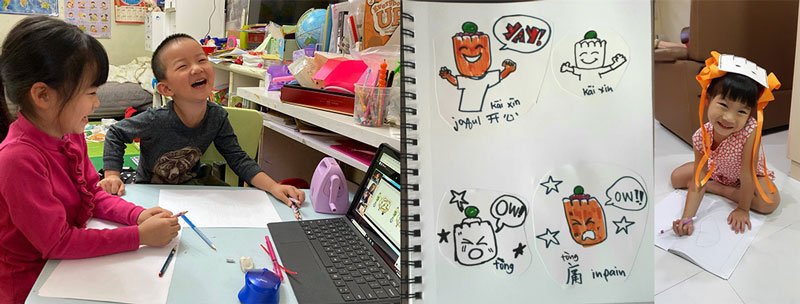In this article, we explore the mystery of why many kids dislike reading books in their 2nd language, and how research shows how bilingual books and stories are a great way to change that behaviour.
Reading for Pleasure is the Most Powerful Tool for Second Language Learning—and Bilingual Books Help!
We can tell when kids are likely to become strong in a language. We see them reading a lot – for pleasure.
Many are addicted to book series or a specific author’s writing. This is the same in second language acquisition (L2).
The renowned second language acquisition researcher, Stephen Krashen from the University of Southern California, calls this “free voluntary reading” and his research found that reading books for pleasure outside of school is the best predictor of achievement in comprehension, vocabulary, writing style, and use of grammar (Engaging Language Acquisition: The Importance of Reading for Pleasure).
BUT when we ask L2 learners around us, most of them are reading textbooks, vocabulary lists, and flashcards — very few are regular readers of actual stories written by creative authors. In other words, most L2 learners are reading for utility, not pleasure.
Why Second Language Learners Don’t Read for Pleasure in the Target Language
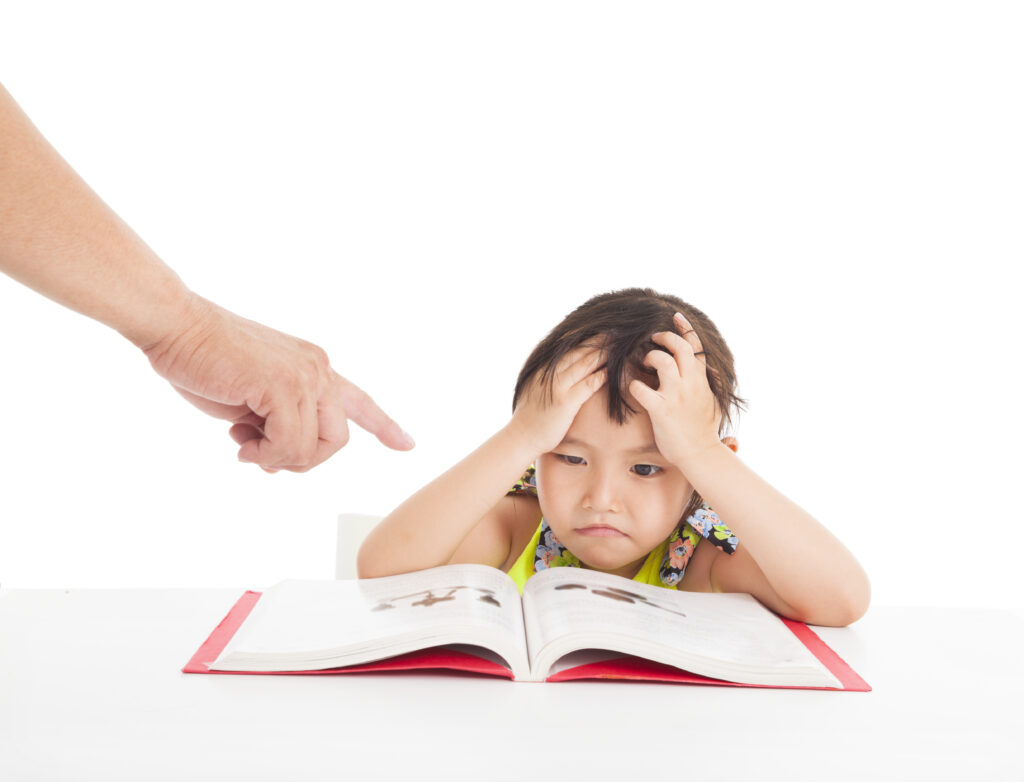
The reasons for not reading for pleasure in L2 are familiar:
◾ Many stories written in an engaging and entertaining way for native readers are too difficult for L2 learners;
◾ The books (both online and print) that publishers make for language learning tend to focus on teaching a fixed set of vocabulary so that the texts become unnatural and stilted. These are also books that kids would not choose for themselves for pleasurable reading. They are the books that parents buy for children because of the assurance that by reading the book, the kids would have covered X% of the vocabulary list for that level.
BUT these books, in fact, get kids to associate the target language texts that yield little pleasure. I have bought many of these, and they just sit on the shelf as my daughter finds them way too boring;
◾ L2 parents are not native speakers and find searching for authentic stories in L2 very challenging. Google searches in L2 produce too much texts that are difficult even for L2 parents;
◾ Teachers find it hard to choose good stories for L2 learners that not only match their students’ linguistic levels, but also match their cognitive and interest levels. In particular, by the time kids are in 3rd or 4th grade, they begin to enjoy books with a heightened sense of humor – and humor in particular, is really hard to translate from L1 to L2.
“Reading and analyzing bilingual books showed parents, teachers, and students that the skills they use when they speak, read, and/or write in their first language are useful when learning a second language…. they become “more cross-culturally aware” and expand their abilities to “communicate with others” …. [with the use of bilingual books] linguistic diversity is defined as the desire to learn [with] other languages and to learn from all the languages and cultures existent in the school and in the community” (Rodrígues-Valls, 2011).
Bilingual Books Provide an Excellent Solution to Get Second Language Learners Motivated to Read for Pleasure
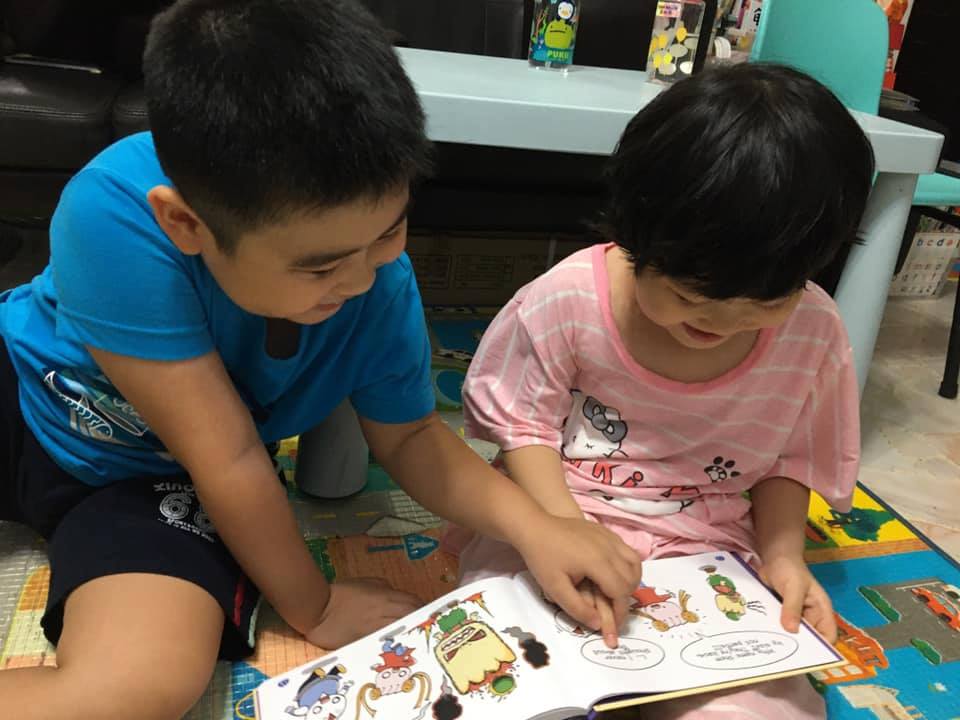
Researchers and teachers have found that bilingual books or dual language books provide serious advantages that work super well to motivate kids to read for pleasure (Zhang & Webb, 2019).
◾ Bilingual books enable L2 learners to read far beyond their L2 proficiency levels because their understanding is supported by L1 texts;
◾ Bilingual books enable L2 teachers to introduce a far wider range of materials to students because L1 support makes it possible even for kids who might not know up to 98% of the L2 text;
◾ Bilingual books enable L2 learners to learn at their own pace – learners can refer as often or as little as they need to L1 to support their understanding of L2;
◾ Bilingual books enable L2 leaners to achieve “durable” and “significantly higher scores” in their vocabulary gain compared to reading in only the target language (Zhang & Webb, 2019);
◾ Bilingual books create a bridge between the school and home, providing an accessible way for families to learn together with students and to support L2 learning (Hu, Chen, & Li, 2012).
“The results showed that the vocabulary test scores increased by 25% and 23% through reading the bilingual materials. This finding is supported by the results of Hu et al. ’s (2012) study indicating that reading bilingual books may contribute to vocabulary learning…. Reading glossed text and bilingual texts enabled participants to get significantly higher scores in the delayed posttest than in pretest. That is, reading glossed text and reading bilingual texts contributed to significant durable knowledge gains” (Zhang & Webb, 2019).
Screenshots from the Dim Sum Warriors Bilingual Reader App which features hilarious bilingual stories, vocabulary-building games and special reading practice tech functions. Tap on the image to enlarge!
Of course, the fact that the books have two languages doesn’t automatically get kids to want to read them. For bilingual books to have real impact on L2 learners’ motivation to read, they must also be:
◾ High-quality stories that inspire thinking, ideas, imagination and discussion—books for language learning that simply repeat sentences over and over again with no story and plot become very boring very fast;
◾ Really good and authentic translations, not simply literal translations. The humor and writer’s intent must be natural in both languages. This is super-important so that learners can grow not only in bilingualism, but also become bi-literate in terms of idioms, culture and syntax;
◾ Culturally relevant to the learners’ lives—learners must be able to relate to the contexts and ideas.
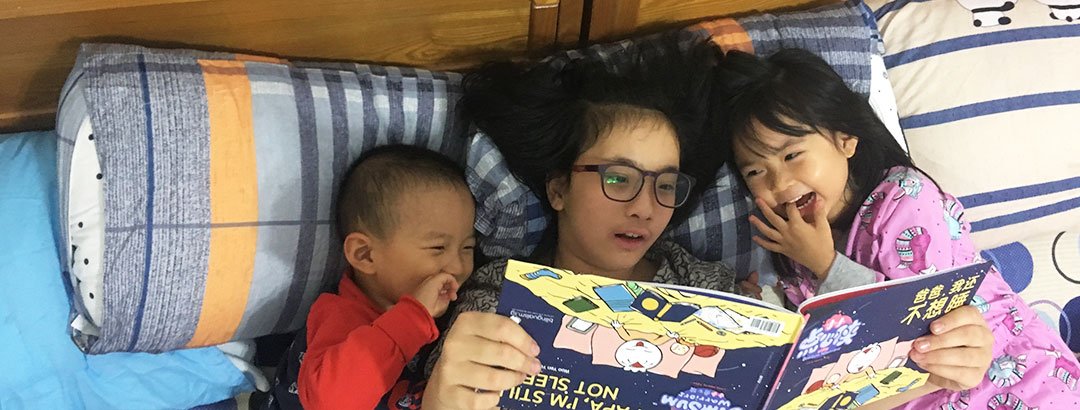
“Bilingual books help children transfer conceptual knowledge and skills across languages, and compare and contrast concepts across languages, and therefore are effective at helping students develop vocabulary across languages” (Semmingson, Pole & Tommerdahl, 2015).
Will Kids Always Choose to Read Only the L1 Parts in Bilingual Books?
Dim Sum Warriors has been working to motivate learners to read for pleasure in L2 and access the significant benefits of bilingual books much more easily. With the Dim Sum Warriors app and stories, learners, families and teachers can access:
◾ High-quality stories with a strong sense of humor and contexts that are relevant to learners’ lives;
◾ High-quality translations by expert writers and creators so that the text is funny and natural in both languages;
◾ Technology allowing learners to switch easily between languages so that they can get as much or as little support as needed;
◾ Expressive voice overs and graphics so that author’s intention and meaning is communicated through multiple modalities.
Screenshots from the Dim Sum Warriors Bilingual Reader App which features hilarious bilingual stories, vocabulary-building games and special reading practice tech functions. Tap on the image to enlarge!
Many L2 parents and teachers we’ve interacted with initially worry that with the bilingual stories, kids will only choose to read in L1 and ignore L2.
But in our work with families and students, we are seeing similar results to what’s discovered in the research on bilingual books. L2 becomes far more welcoming and less intimidating for readers, and in fact, parents are reporting increased motivation in L2:
◾ For Rachelle (aged 8), her L2, Chinese, has gone from something she feared to her favorite subject in school as the “bilingual content is un-intimidating”, allowing her to “willingly approach Chinese”.
◾ For English-speaking families, the bilingual content provides an “excellent time for the whole family as [they] learn together”.
◾ Parents also talked about how they initially thought that the L2 content would be “too hard” for their kids, but by having L1 support and relatable stories, the learners can more easily apply the words learned in the stories to “everyday interactions”.
“He didn’t know many of the words and you would think that he should be learning basics like shapes and colors, but he is getting exposure to these ideas that he can relate to, and he’s enjoying it, and every now and then, this “English boy” starts using the [Chinese] words quite naturally and really surprises me. The stories really speak to the child. I don’t have to force them down his throat, and then he starts using what he reads in real life” (Jacqueline Yee, Mom of 7 year-old Isaac).
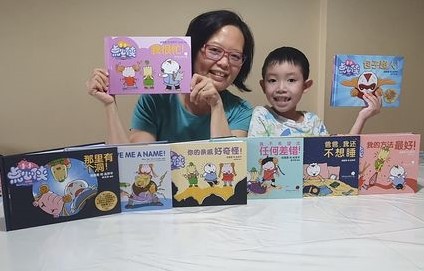
In fact, because of parents’ and teachers’ worries about learners reading only in L1, we at Dim Sum Warriors conducted an experiment where we hid the language toggle button and made it harder for readers to access L1, so that the kids would be “forced” to read in L2 instead.
The children using the app were very upset by the change and told us that it made L2 so much harder and made them far less motivated and much more intimidated about reading the story in L2.
So even though it seems intuitive that making only L2 available would get kids to read more in L2, in fact, having bilingual texts made them more willing to read for pleasure—and at higher levels—in L2.
This echoes the research on bilingual books that found that learners “became more engaged in reading activities when they read bilingual materials than when they read single language materials” (Zhang & Webb, 2019).
So why not try using this powerful tool for second-language learning?
You may also be interested in the following articles:
◼ Magic Mama: A special bilingual story for Mother’s Day
◼ How I found a new way of learning Chinese online: natural, creative, bilingual
REFERENCES
Hu, Ran; Chen, Xiaoning; Li, Xiuping (2012). Exploring bilingual books with five Chinese first graders: Children’s responses and biliteracy development. In Reading Horizons, 52(1). URL: https://scholarworks.wmich.edu/reading_horizons/vol52/iss1/4/
Rodrígues-Valls, Fernando (2011). Coexisting languages: Reading bilingual books with obliterate eyes. In Bilingual Research Journal, 34, pp. 19-37. URL: https://www.tandfonline.com/doi/abs/10.1080/15235882.2011.569223.
Semmingson, Peggy; Pole, Kathryn; & Tommerdahl, Jodi (2015). Using bilingual books to enhance literacy around the world. In European Scientific Journal, 3. URL: https://www.researchgate.net/publication/268206442_Using_bilingual_books_to_enhance_literacy_around_the_world
Zhang, Zhiying & Webb, Stuart (2019). The effects of reading bilingual books on vocabulary learning. In Reading in a Foreign Language, 31(1), pp. 109-139. URL: https://files.eric.ed.gov/fulltext/EJ1212816.pdf

Dr. Woo Yen Yen
CEO, Yumcha Studios
Dr. Woo Yen Yen is the CEO and co-creators of Dim Sum Warriors. She holds a doctorate in education from Columbia University‘s Teachers College and was a tenured professor of education in New York as well as a visiting scholar in Taiwan’s National Central University. Her areas of expertise are curriculum development, pedagogical methods and multimedia production. Her daughter is now in middle school, loves languages, and has attended 6 different schools with different approaches to language learning. You can contact her through yenyen@dimsumwarriors.com

